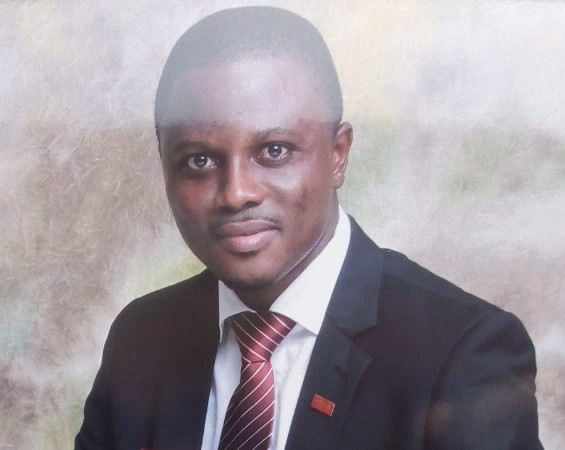Finland’s success in PISA ― a worldwide study by the Organization for Economic Co-operation and Development (OECD) of 15-year-old students’ aptitudes in mathematics, science, and reading ― was a surprise to Finns. In 2006, it was the best performing country. Even though the results have declined, Finland still ranks among the top countries.
Finland is an example of a country that has not followed many of the global education reform principles. There is no standardized tests or school inspections but the education system leans on “intelligent” accountability. This means that while there are national quality standards for learning and teaching in the form of national core curriculum and laws and regulations, there are no rankings of the schools based on test results. However, self-evaluation of schools and education providers exists and are regularly applied.
The Finnish education policy values more quality and less control and competition. Schools, teachers and local authorities are trusted and there is a political consensus about the commonly agreed goals of education.
Positive discrimination for the students with special needs and schools with special challenges is mainstreamed and student’s well-being is at the center of attention. Most Finnish students go to their nearby public school, which is a comprehensive school and where all walks of life learn together. The Finnish comprehensive school system follows the Nordic strategy for building high quality and equality in education based on a publicly-funded school system. It does this without selecting, tracking or streaming students during their basic education, which lasts until the end of Grade 9.
Teachers are valued in Finnish society and only about 10 percent of those who apply get in to the elementary teacher education program, which is a five-year master’s degree program part of the university education system since 1970s.
The equity of learning results has been high in Finland compared to other countries
The differences between Finnish schools remain negligible. One of the characteristics of the Finnish education system has been to provide equal opportunities for all. However, according to the latest PISA results, the socio-economic status of the students seems to be playing a role also in Finland.
Students from low socio-economic households have increased particularly due to unemployment. In addition, less students read for fun during their free time which correlates with the lower student performance observed in the latest PISA results.
The growing inequity in education is a significant concern for education professionals and decision-makers in Finland. However, Finland (celebrating its’ 100 years of independence on December 6, 2017), remains one of the best performing countries in the world. According to the recent PISA 2015 results, Finland ranked fifth best in Science, fourth in Reading, and thirteenth in Mathematics.
A key aspect of the Finnish education system: a flexible special education that ensures inclusion and equity in education
In Finland, addressing and responding in the schools to the diverse needs of learners is usually done in such a way that other students don’t know what kind of support and at what level each student might be receiving.
Finnish teachers differentiate their teaching to respond to the learning needs of each student. Elementary school teachers are not alone but supported by other specialists (e.g. special education teachers, psychologists, and the school leadership team) in deciding what kind of support a student might require. This is also discussed and agreed with the student’s parents.
Comprehensive schools in Finland
The comprehensive school is something that Finland has been proud of since it was established. However, the model is being analyzed and discussed to support the students’ well-being and preparedness for the future in our ever-changing globalized world.
To continue supporting excellence and combatting inequity, the Finnish’s Comprehensive School Forum is proposing a new vision for the country’s comprehensive schools, which is expected to be introduced in August 2017.
Initiatives envisioned under this vision include: promoting teachers’ professional development, introducing new activities in experimenting and innovations, providing tutor teachers in every school to support digitalization and new pedagogical approaches, promoting internationalization of education and securing that Finnish schools are ‘in the move’ encouraging students’ physical activity to ensure that each student exercises at least one hour per day.
Coming together for quality education
Various actors such as members of parliament, education authorities at all levels, principals, teachers, other school based staff, parents, students and community members are all engaged and will play a role in implementing this new vision. If successful, this will bring renovated energy to update the Finnish comprehensive school system to improve students’ learning and competences, increase equality of the overall system while decreasing the number of socially excluded students.
Schools are now closed for a well-deserved summer holiday in Finland and everyone is ‘re-charging their batteries’. We look forward to hearing about the next steps in reenergizing the Finnish education system in the beginning of next academic year.
Source: WEF




